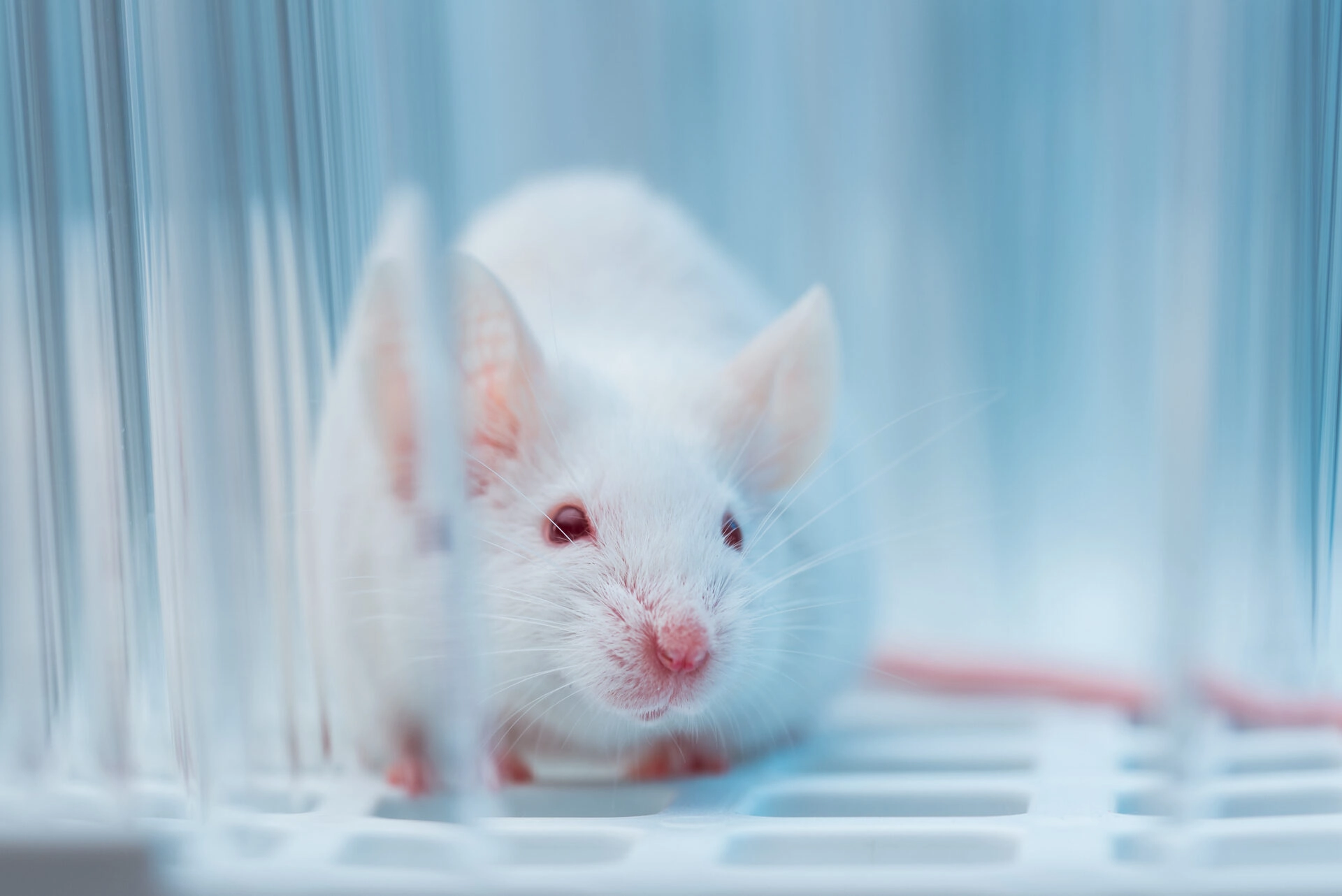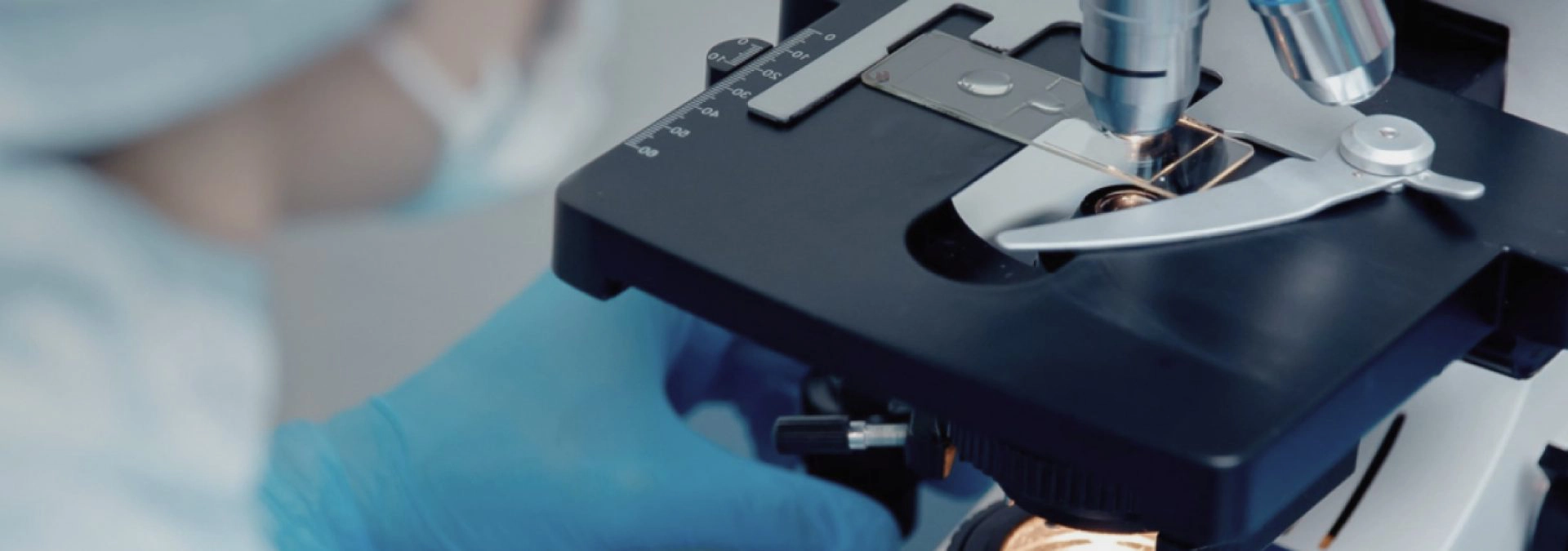
Hepatitis B Virus (HBV) is a globally prevalent infectious disease that affects the liver and can lead to chronic infection, cirrhosis, and hepatocellular carcinoma. Despite the availability of vaccines and antiviral treatments, HBV remains a major public health challenge, especially due to its persistence and limited curative options.
TransCure bioServices offers highly specialized mouse models to study HBV infection and evaluate novel therapeutic strategies. Following infection, mice display persistent viremia, expression of HBV surface and core antigens, closely mimicking the virological and pathological features of human HBV infection.
Main characteristics
-
HBV Infection and Viral Load
Humanized liver mice are infected with HBV using supernatant from HepG2.2.15 cells (Genotype D). By 4 weeks post-infection, mice develop robust and sustained infection, characterized by high levels of circulating HBV DNA and HBsAg. Regular blood collection throughout the study enables longitudinal monitoring of viral load and antigen levels, providing clear insights into infection dynamics and treatment efficacy.
-
Liver Histology
After sacrifice, the liver is collected and processed for histological analysis, including staining for HBcAg, human NTCP, human albumin, and FAH. These markers provide detailed insights into liver physiology, confirming human hepatocyte engraftment, viral replication, and overall tissue integrity—essential for accurately evaluating HBV pathogenesis and therapeutic responses.
Selecting the Right Model
-

Humanized Liver Mouse Model + HBV
This model uses mice engrafted with primary human hepatocytes, enabling infection with unmodified, replication-competent HBV strains such as Genotype D. It provides a highly relevant platform to assess the direct antiviral activityof drug candidates, including effects on viral load, HBsAg, and cccDNA. Ideal for evaluating compounds targeting hepatocyte-specific viral replication, this model offers clear, translatable insights into liver-restricted stages of HBV infection.
The right mouse model for your research experimentation
-
Humanized Liver Mouse Model
Assess the efficacy and hepatotoxicity of your lead candidate in a clinically relevant human liver environment, established by engrafting primary human hepatocytes into immunodeficient mice.
See the mouse model -
Human Immune System Mouse Model
Evaluate both the efficacy and immunotoxicity of your lead candidate using a fully reconstituted human immune system, generated by engrafting CD34+ hematopoietic stem cells into highly immunodeficient mice.
See the mouse model -
Double Humanized Mouse Model
Combine a full human immune system with a chimeric human liver in the same mouse.
See the mouse model
Contact us to have more information about a mouse model
Contact us